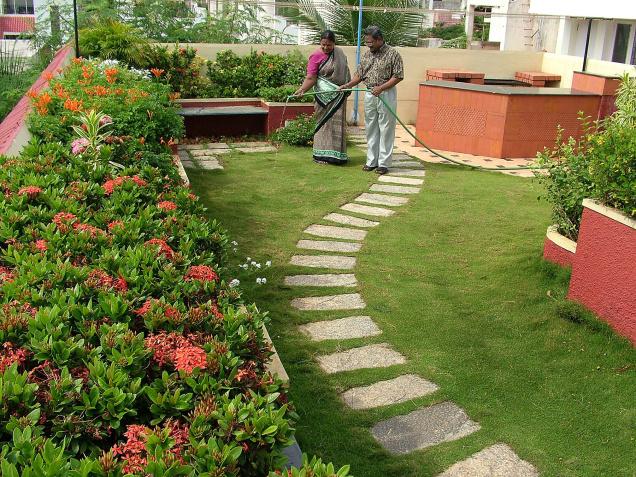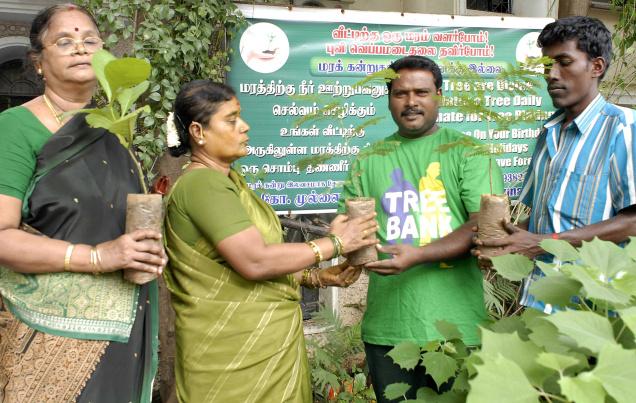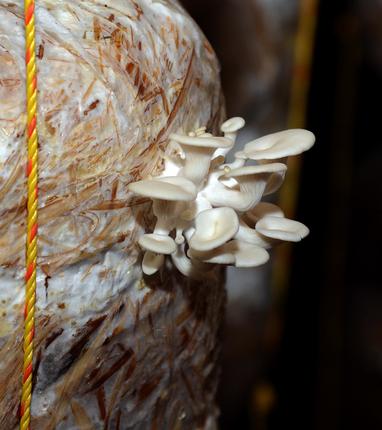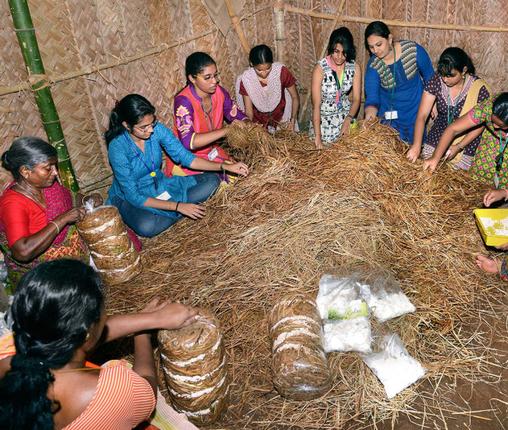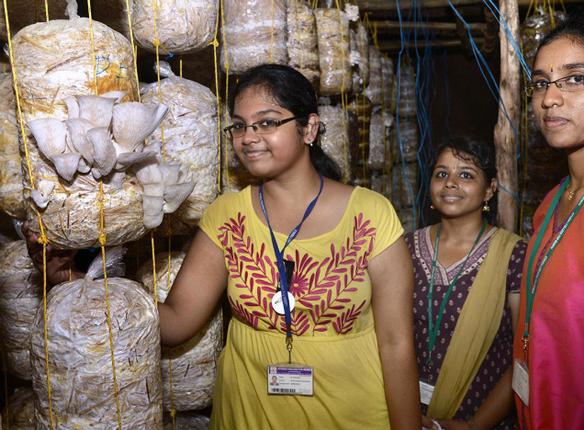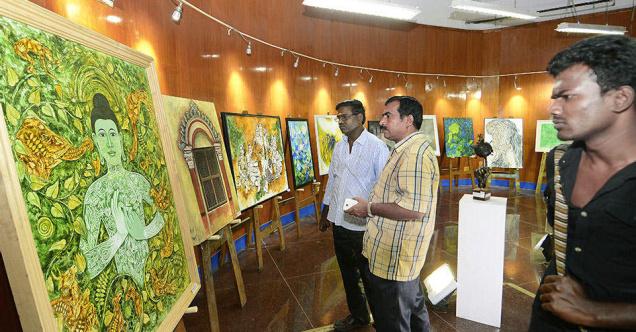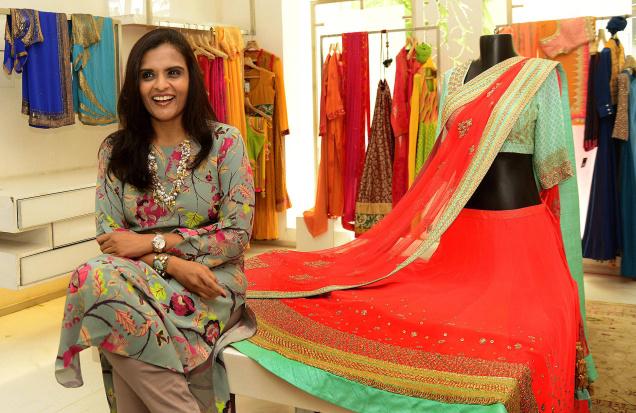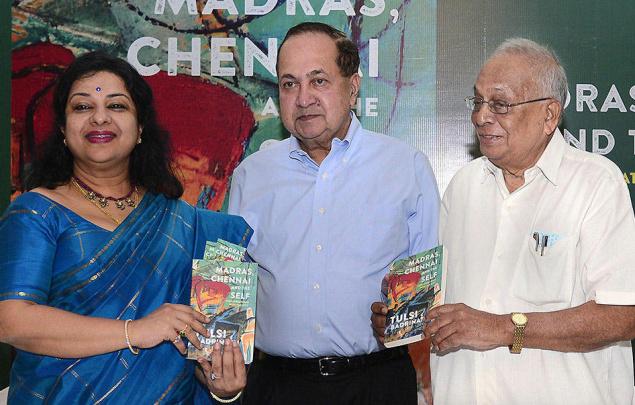Coimbatore :
R Ravi, 43, from Shankara Nagar, was once a sought after man in the village just outside of Mettupalayam. Long before noon, at least half-a-dozen men would be waiting at his hideout on the forest fringes for a glass of the village’s best arrack. With every passing day his clientele increased because his arrack was known to have the best bite.
However, for the past 10 years the village’s best arrack brewer has been cutting trees and clearing fields for a meagre 150 to 200 a day to feed his family of four. “I learnt how to distil arrack because I started hanging around an arrack distiller in the village when I was eight years old and dropped out of school,” said Ravi. “I began serving customers and slowly learned the art of distilling,” he said. After his master died, he took over the business. “I would work till 11.30pm, earning up to 800 a day,” he said. Ravi’s reformation from an illegal arrack distiller to a tree cutter was not easy. “We would never know when we’d get caught by police,” he said. “Once we were picked up, our family members would have to go from station to station to trace our whereabouts,” he added.
In 2005, at least 80 arrack distillers in Mettupalayam and Karamadai panchayats were forced to leave their arrack business. “We kept them in jail for three months and counseled them, promising to give them jobs if they kept away from the illegal business,” said a senior inspector in Mettupalayam. “We told them that if they showed us that they had reformed, they would get a reward,” he said.
The government began distributing cows to reformed arrack distillers in 2011. We distributed around 120 cows in the district, said a government official.
The beneficiaries have been given medical and life insurance for the cow for three years, free periodical visits by the animal husbandry department and a one-day training programme on how to care for the cows. “This is to give the reformed men an alternative livelihood as dairy farmers,” said district collector Archana Patnaik.
S Arumugam, president of Palepalayam panchayat, said at least 50 men who received cows in last year have reformed. “Earlier, these arrack distilling units destroyed several families in our village. It is only in the last 10 years that men can be seen holding a job,” he said.
“The distillers are also working hard to sell their milk, keeping their cattle sheds clean and taking care of their calves,” he said.
source: http://www.timesofindia.indiatimes.com / The Times of India / Home> City> Coimbatore / by Pratiksha RamKumar, TNN / March 21st, 2015
